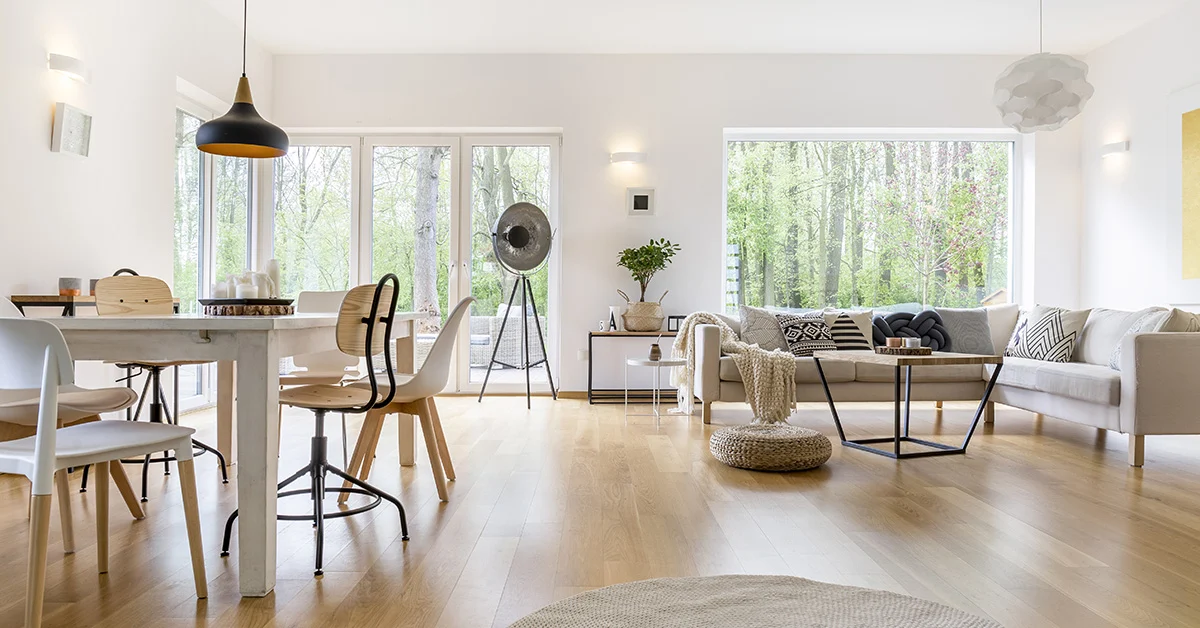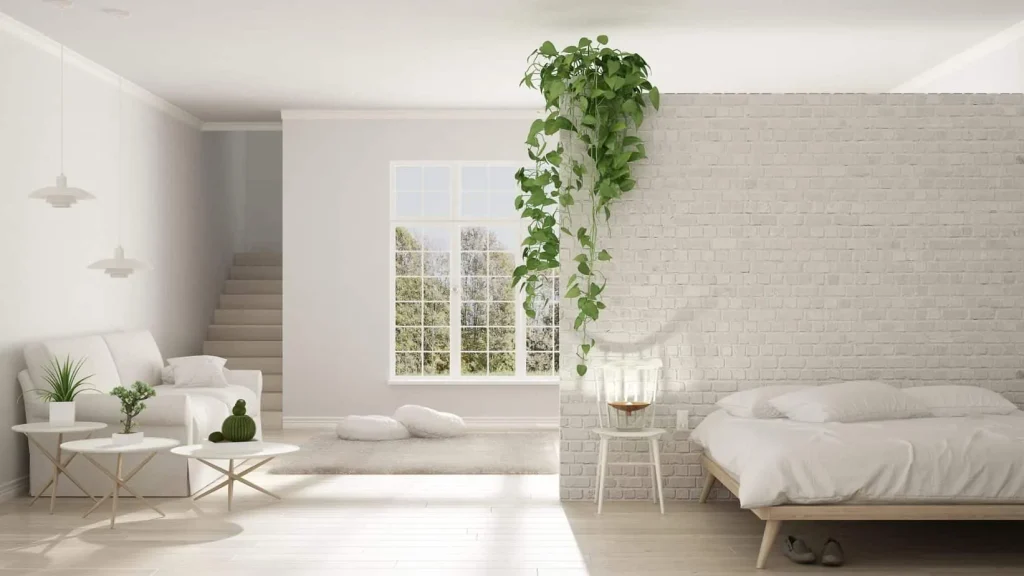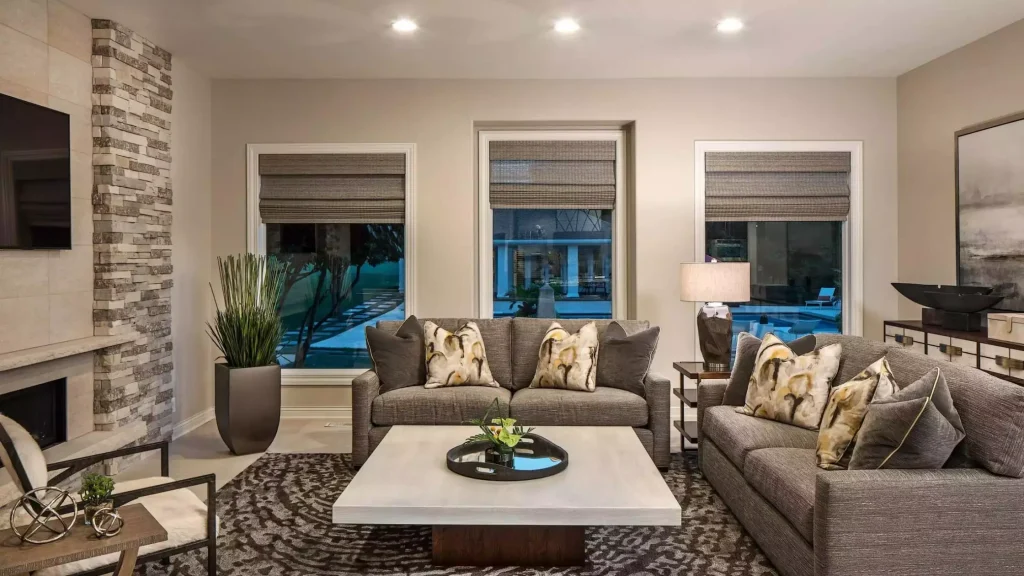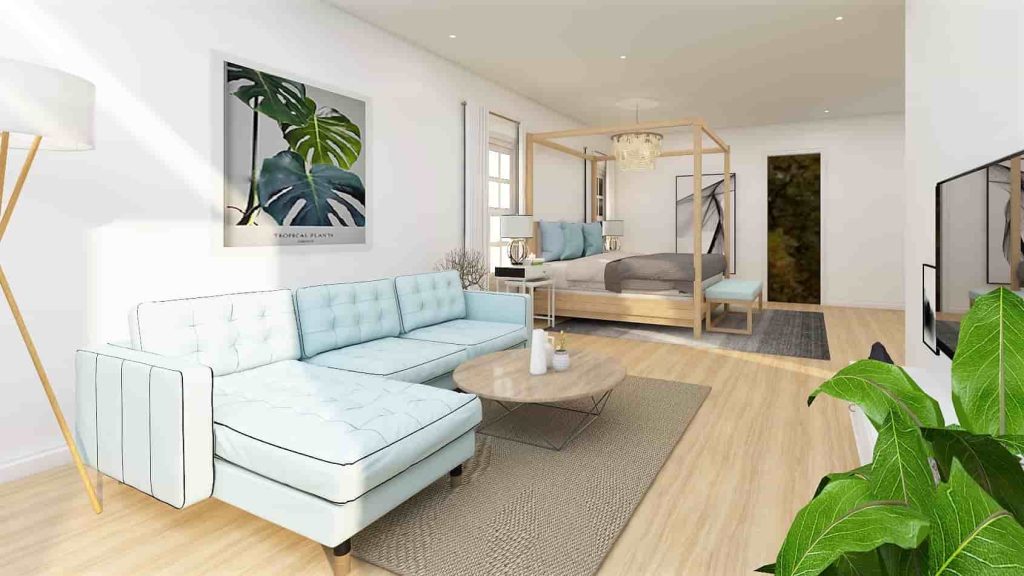
In a fast-paced world filled with endless distractions, clutter can quietly creep into our homes and lives. From overflowing closets to crowded countertops, disorganization can lead to stress, wasted time, and a sense of overwhelm.
That’s why minimalist living is more than just a design trend — it’s a lifestyle choice that promotes clarity, intentionality, and peace of mind. If you’re ready to create a serene space, here are some powerful minimalist living hacks to achieve a clutter-free home.
1. Start with One Room at a Time

Decluttering your entire house in a single weekend is unrealistic and overwhelming. Instead, tackle one room—or even one section—at a time. Begin with spaces that impact your daily life the most, such as the kitchen, bedroom, or entryway. When you focus on one area, you’ll see immediate results and build momentum to continue the process.
A great trick is to set a timer for 15–20 minutes daily. During that time, declutter a drawer, shelf, or closet section. Consistency, not speed, is key to lasting change.
2. Embrace the “One In, One Out” Rule
A simple but effective minimalist principle is the “one in, one out” rule. For every new item you bring into your home, remove one existing item. This rule keeps your belongings balanced and prevents accumulation over time.
For example, if you buy a new pair of shoes, donate or discard an old pair you no longer wear. This mindful approach makes you think twice before making unnecessary purchases, helping you maintain a clutter-free environment effortlessly.
3. Declutter Surfaces for Instant Impact

Countertops, coffee tables, and nightstands often become dumping grounds for mail, keys, and random items. Clearing these visible surfaces can dramatically transform the look and feel of your home.
Start by removing everything, then intentionally place back only what serves a purpose or brings joy. Use small trays or baskets to corral essential items like keys or remotes. A clean surface creates a sense of order and instantly makes any room feel more spacious.
4. Digitize Whenever Possible
Paper clutter—bills, receipts, documents—can pile up quickly. Minimize physical paperwork by going digital. Switch to electronic billing, scan important documents, and store them in organized folders on your computer or cloud storage.
Apps for note-taking and scanning can help you keep digital files neat and easy to find. By reducing paper piles, you’ll free up physical space while keeping essential information accessible and secure.
5. Create Storage Systems That Work for You
Minimalist living doesn’t mean having empty rooms; it’s about creating systems that keep your belongings organized. Invest in practical storage solutions such as drawer dividers, under-bed storage bins, and labeled baskets.
Use vertical space with shelves and wall hooks to keep floors clear. Group similar items together—like toiletries, cleaning supplies, or office materials—and give each category its designated spot. When everything has a “home,” clutter is less likely to reappear.
6. Be Ruthless with Sentimental Items

Sentimental clutter is often the hardest to let go of. Old letters, gifts, or childhood items can take up space, even if they no longer serve a purpose. The key is to be intentional.
Choose a few meaningful items to keep and display or store them neatly in a memory box. For the rest, consider taking photos to preserve the memories without holding on to the physical objects. Letting go doesn’t erase the sentiment—it simply frees your space for what truly matters.
7. Adopt a Capsule Wardrobe
Closets are common clutter culprits. A capsule wardrobe—a curated collection of versatile clothing pieces—can simplify your mornings and reduce wardrobe stress.
Start by removing items you haven’t worn in the past year. Keep timeless, high-quality pieces that mix and match easily. This minimalist clothing approach not only saves space but also encourages intentional fashion choices.
8. Make Decluttering a Lifestyle, Not a One-Time Task
The biggest secret to minimalist living is consistency. Clutter will inevitably try to sneak back in, so schedule regular mini-decluttering sessions. Once a week, do a quick sweep of high-traffic areas. At the end of each season, reassess your belongings and donate what you no longer need.
By making decluttering part of your routine, you’ll prevent overwhelm and maintain a clutter-free home year-round.
Final Thoughts
Minimalist living is not about owning nothing—it’s about owning only what adds value to your life. By applying these minimalist living hacks, you can transform your home into a peaceful, clutter-free sanctuary.
A clear space leads to a clear mind. Start small, stay consistent, and enjoy the calm that comes with living intentionally.

